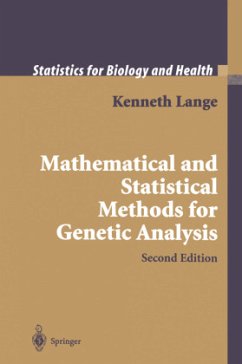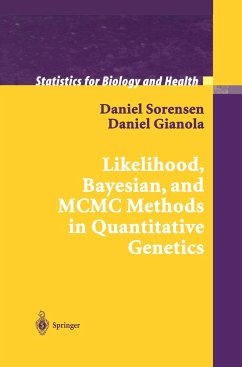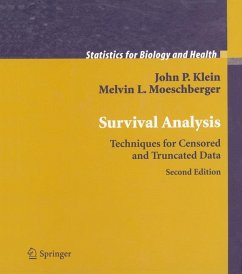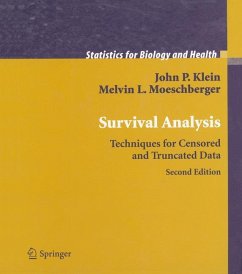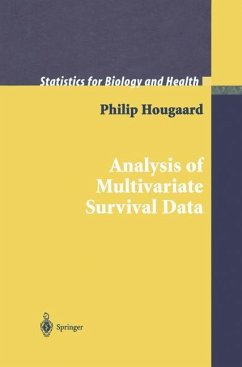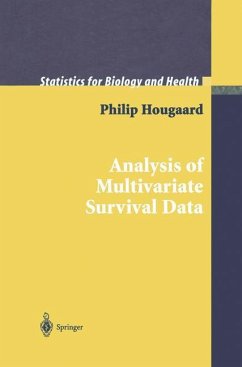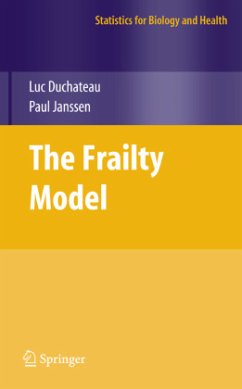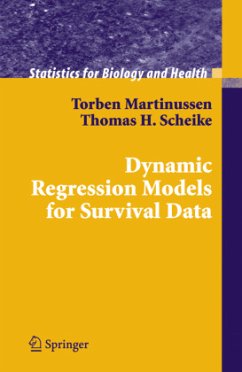
Mathematical and Statistical Methods for Genetic Analysis
Versandkostenfrei!
Versandfertig in 1-2 Wochen
90,99 €
inkl. MwSt.
Weitere Ausgaben:

PAYBACK Punkte
45 °P sammeln!
y numerous exercise sets. Geneticists now stand on the threshold of sequencing the genome in its entirety. The unprecedented insights into human disease and evolution offered by mapping and sequencing are transforming medicine and agriculture. This revolution depends vitally on the contributions made by applied mathematicians, statisticians, and computer scientists. Kenneth Lange has written a book to enable graduate students in the mathematical sciences to understand and model the epidemiological andexperimental data encountered in genetics research. Mathematical, statistical, and computational principles relevant to this task are developed hand-in-hand with applications to gene mapping, risk prediction, and the testing of epidemiological hypotheses. The book covers many topics previously only accessible in journal articles, such as pedigree analysis algorithms, Markov chain, Monte Carlo methods, reconstruction of evolutionary trees, radiation hybrid mapping, and models of recombination.
During the past decade, geneticists have cloned scores of Mendelian disease genes and constructed a rough draft of the entire human genome. The unprecedented insights into human disease and evolution offered by mapping, cloning, and sequencing will transform medicine and agriculture. This revolution depends vitally on the contributions of applied mathematicians, statisticians, and computer scientists. Mathematical and Statistical Methods for Genetic Analysis is written to equip students in the mathematical sciences to understand and model the epidemiological and experimental data encountered in genetics research. Mathematical, statistical, and computational principles relevant to this task are developed hand in hand with applications to population genetics, gene mapping, risk prediction, testing of epidemiological hypotheses, molecular evolution, and DNA sequence analysis. Many specialized topics are covered that are currently accessible only in journal articles. This second edition expands the original edition by over 100 pages and includes new material on DNA sequence analysis, diffusion processes, binding domain identification, Bayesian estimation of haplotype frequencies, case-control association studies, the gamete competition model, QTL mapping and factor analysis, the Lander-Green-Kruglyak algorithm of pedigree analysis, and codon and rate variation models in molecular phylogeny. Sprinkled throughout the chapters are many new problems.





